It's natural for people to have different tastes – taste in music, movies, interior design, clothes. The same goes for food. Different people like the taste of different things. Some people have a sweet tooth, others go crazy for all things savory. But can we say there are foods that almost everyone likes? Pizza, maybe?
Redditor YarnSpectre wanted to know if there are popular foods people just don't get the hype about. They asked netizens 'What's one food everyone seems to go crazy for, but you just don't understand the hype?' And the people delivered – from parsley, truffles and pumpkin spice to olives, kombucha and bacon. Wait, there are people who don't like bacon?!
Bored Panda reached out to the author of this thread, YarnSpectre. She was kind enough to chat with us and tell us more about what inspired the post on r/AskReddit.
#1
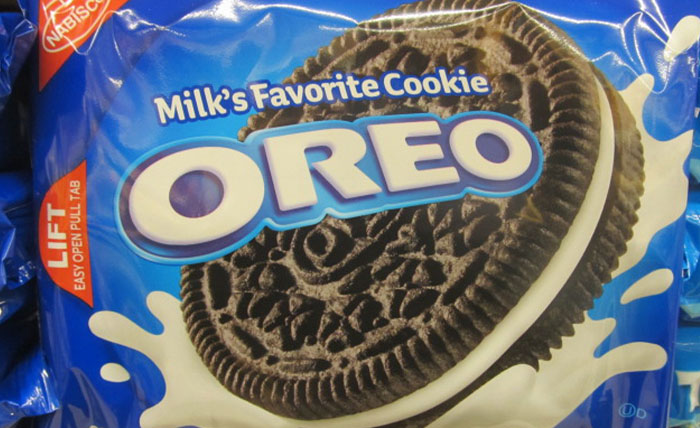
Image credits: BingoSpong
"It was just one of those weird random thoughts," YarnSpectre says when we ask her about the inspiration for this thread. The Redditor explained that her brain just sometimes goes to weird places.
In her opinion, the most overhyped popular food is the croissant. Apparently, not everyone feels this way – 142 million people in the US alone enjoyed croissants in 2020. Their popularity is undeniable, but their haters are plenty as well. And YarnSpectre is not alone in this.
#2

Image credits: sorandom21
#3

Image credits: DishIntelligent5645
Blogger Peter Michaels described croissants as "pretentious, overpriced toast." "I mean, they can't decide if they're bread or cake," he wrote on his blog back in 2021. "You can eat them for breakfast? Can't be a cake."
Croissants had some haters among other commenters in this thread as well. User Scherbatskyyyyyyyy wrote: "I eat to be full, so having a bite with [a] paper-like break with lots [of] air inside is not for me, especially [if] it costs $4 and I'm still hungry."
#4
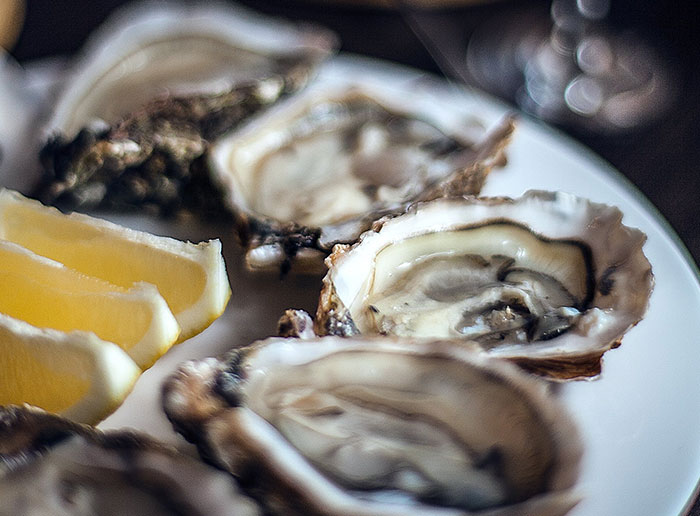
Image credits: LivelyLingonberry
#5

Image credits: jillbobaggins737
#6
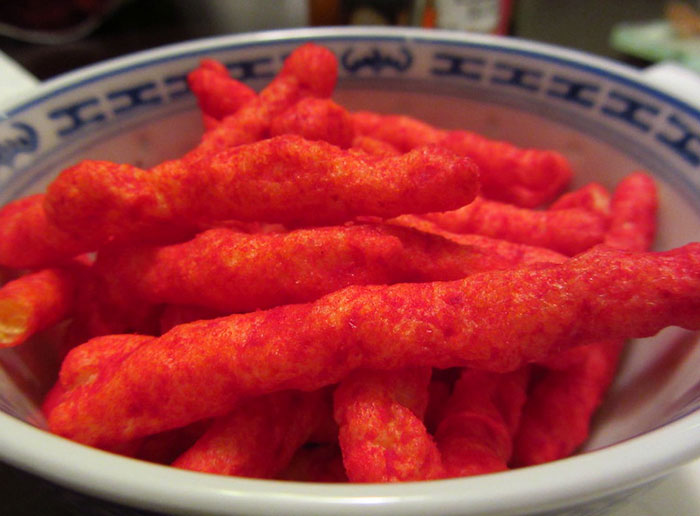
Image credits: jadziasonrie
People really had a lot of preferences to share – the post got over 13k comments. YarnSpectre says she didn't expect that kind of reaction. "I was very surprised. It was overwhelming," the author admits.
Still, the Redditor doesn't think it's fair to yuck other people's yums. "It's fine to politely say 'I don't care for that', but not ok to criticize or pick apart what you think is wrong with it," YarnSpectre shared with Bored Panda.
#7

Image credits: AdMaterial9419
#8
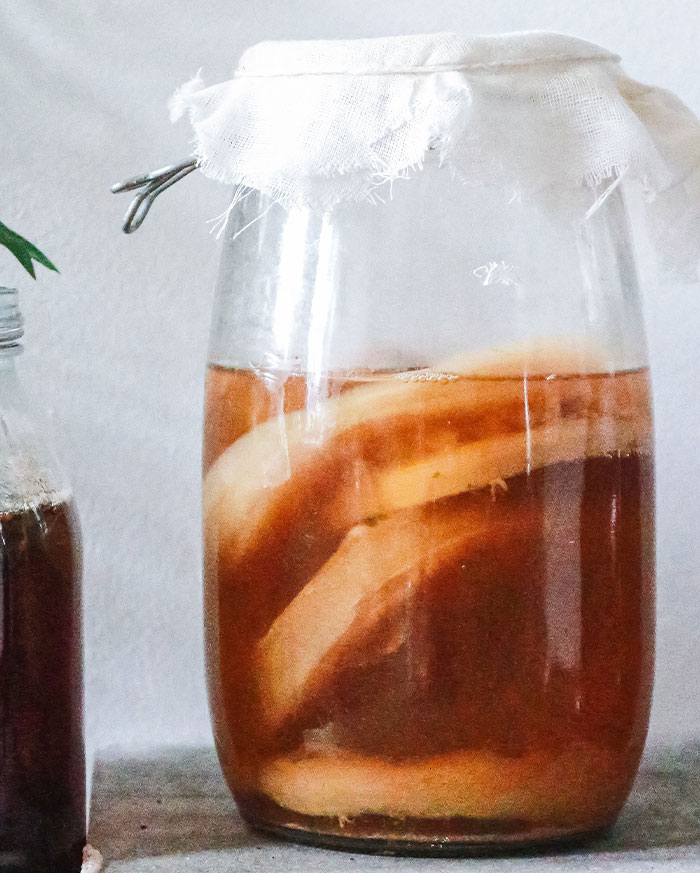
Image credits: Tiny_Wasabi2476
#9

Image credits: ComiNotub
For a long time, we believed that our tongues had different taste zones. But today scientists believe that all regions of the tongue can detect different taste qualities. And not just the sweet, the sour, the salty and the bitter. There's also a fifth one – savory, also referred to as umami.
#10
#11
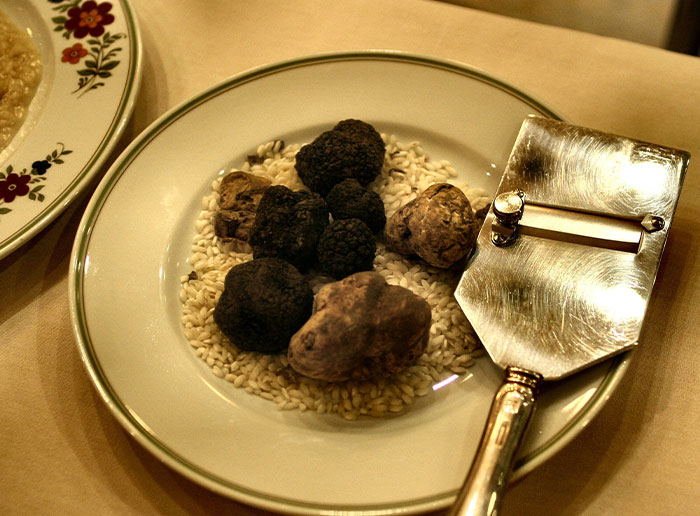
Image credits: tweezer606060
#12
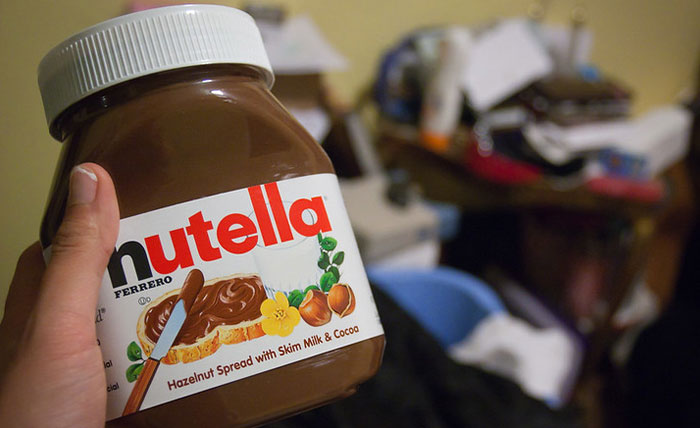
Image credits: Former-Finish4653
Neuroscientist and taste expert at the Monell Chemical Senses Center in Philadelphia, Brian Lewandowski told Brain Facts that the differences picked up in the different zones are there, but are too minute to actually matter.
"All regions of the tongue that detect taste respond to all five taste qualities. There are some mild regional differences in sensitivity for different taste qualities, but these differences are small enough that they do not play a clear role in taste perception."
#13

Image credits: UltraGigaNiga
#14

Image credits: malYca
#15

Image credits: dedmuse22
#16
We can explain scientifically why some people like a certain food and others hate it. It's apparently in your genes. Research scientist on sensory, flavor and consumer sciences Nicholas Archer writes: "The receptor proteins are produced from instructions encoded in our DNA and there is significant variation in the DNA code between individuals."
#17

Image credits: Working-Mountain6680
#18
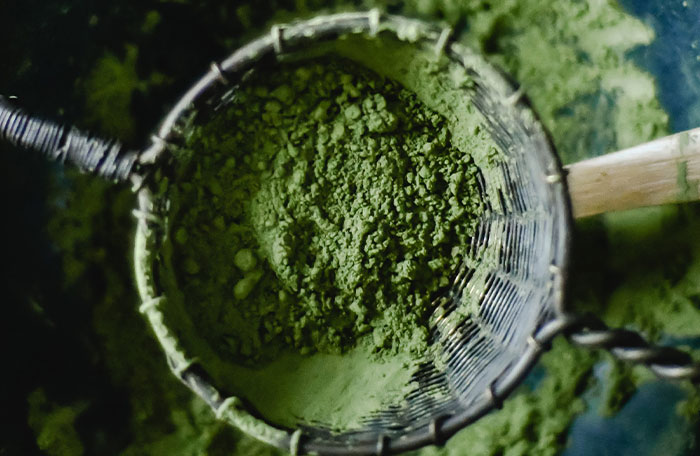
Image credits: _m01101101
A 2013 study found that each person has a unique set of genetic variations and almost no two people have the same aroma perceptions. In fact, they claim that any two individuals have genetic differences that translate to differences in 30% of their receptors.
#19

Image credits: Elandtrical
#20
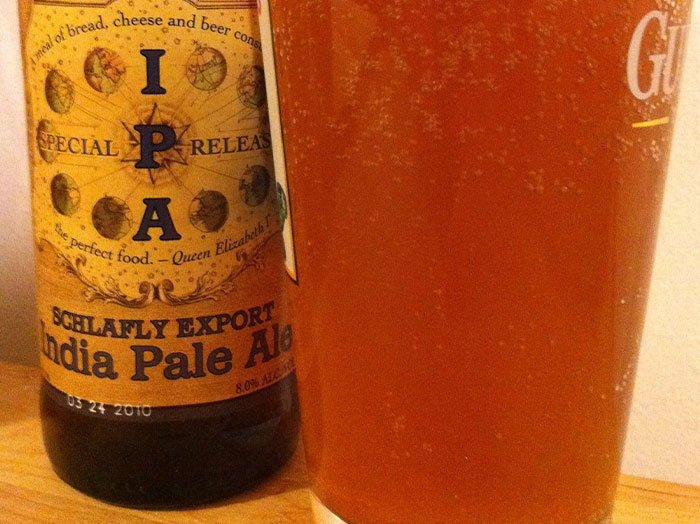
Image credits: AngelOvTeOdd
#21
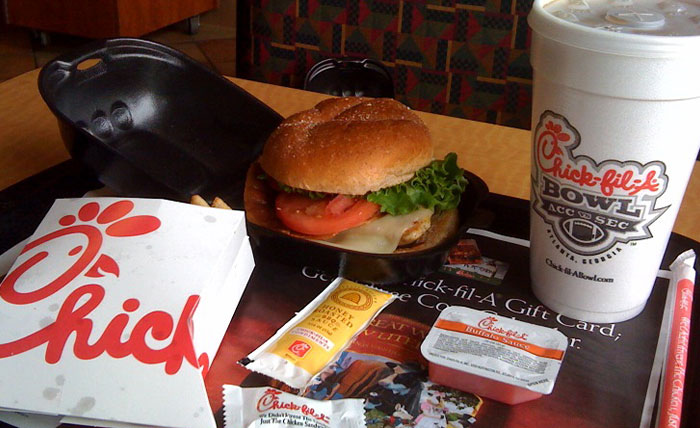
Image credits: this1tyme
#22
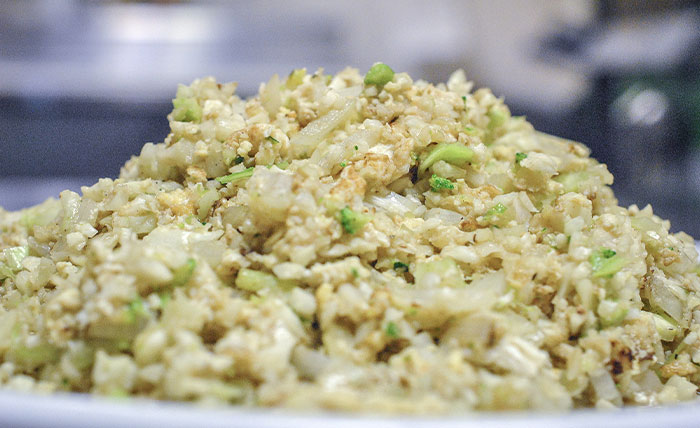
Image credits: turbo332
#23
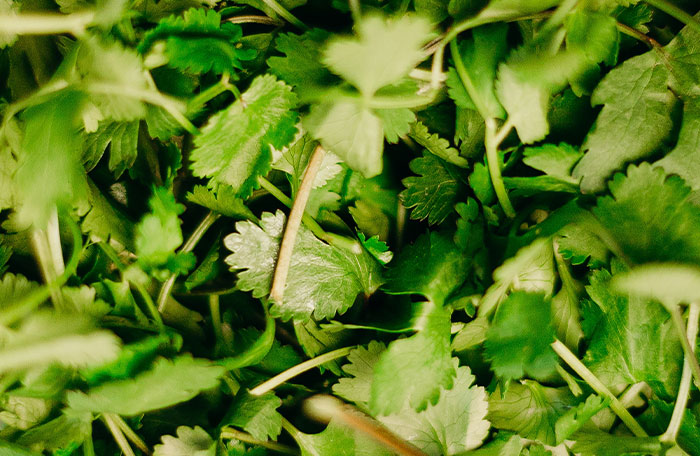
Image credits: Whiteums
#24
#25
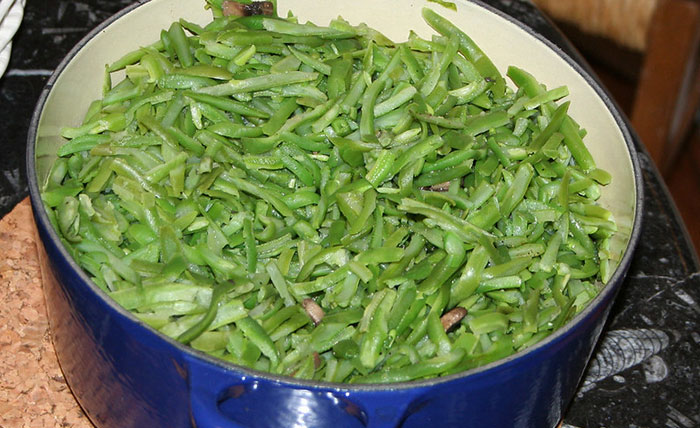
Image credits: yo_mr_peepers
#26

Image credits: TeachComprehensive15
#27
#28
#29
#30
#31

Image credits: nosaj23e
#32
#33
#34

Image credits: entropy33
#35
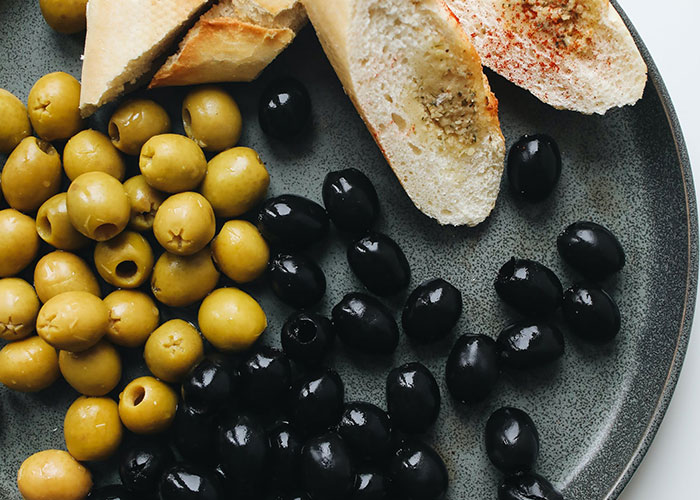
Image credits: FUBARspecimenT-89







